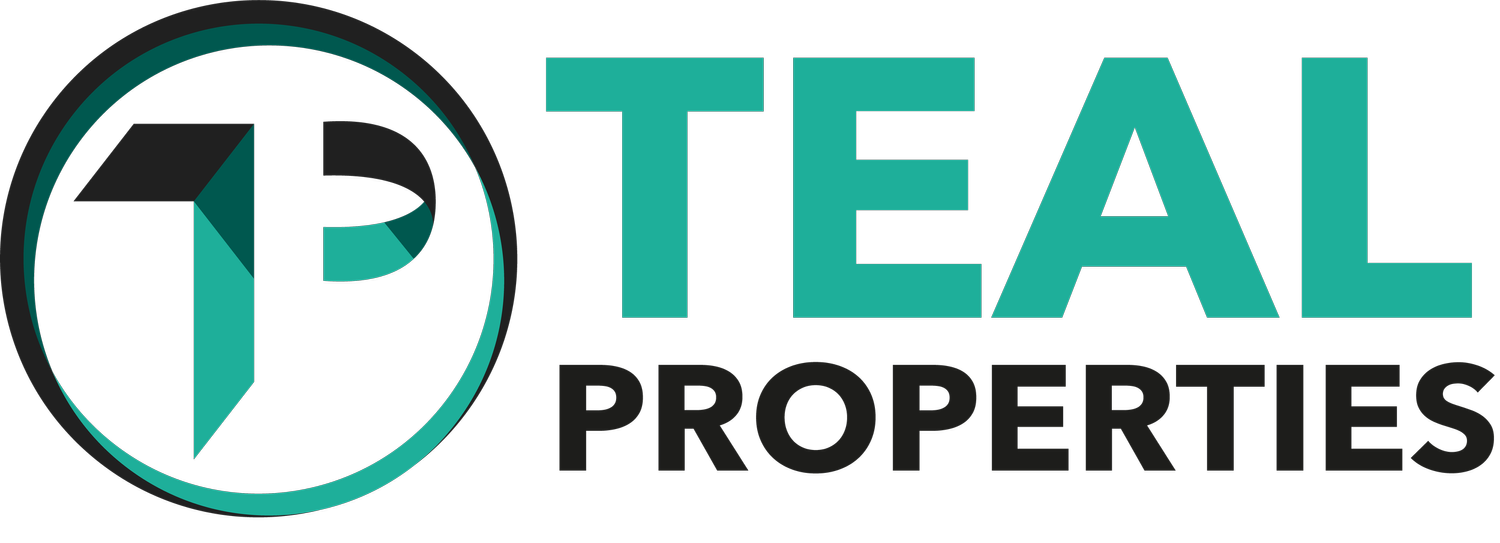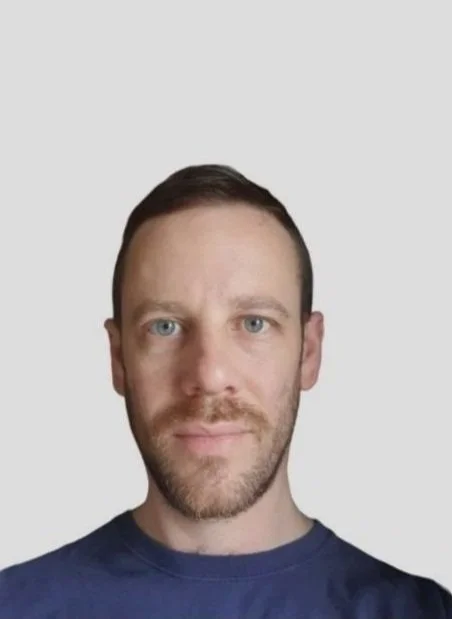Who is Teal Properties and what is the vision?
James has many years’ experience working in Adult Social Care and has extensive knowledge of assessing people for adaptations to their properties. He has acquired an in-depth knowledge of the challenges faced by disabled people which includes mobility, transfers, transportation, access to buildings and daily living tasks. He has supported people through initial designing of wet rooms, providing access to property and providing equipment enabling safer transfers. It is due to working in this area, helping support people to be more independent and affirm their lifestyle choices, that has led to the vision of developing properties that cater for people who require accessible homes. To develop a company whose passion and reputation is built upon delivering accessible housing to those that need it - helping deliver more choice to the market when it comes to choosing a place to live.
Vision
The long-term vision for Teal Properties is to create homes that are high quality accessible homes meeting the M4(3) Building Regulation standards. There are very few homes being built in England that are wheelchair accessible and there is a rising demand for such housing. Data from the English Housing Survey (2020) shows that 91% of homes don’t provide the four main features to be considered even ‘visitable’. The findings also showed that 70% of new homes due to be built during the period of 2020-2030, wouldn’t be required to meet any of the optional access standards to make them accessible and adaptable for the needs of older and disabled people. This means as a country we are not futureproofing our housing stock, or planning with any long-term vision of societal demands.
Teal Properties aims to build and renovate properties that integrate accessibility into buildings where it is subtle and not conspicuous. The idea is to allow for functionality to be naturally incorporated into the design of the building. This idea is based on the concept that disability only exists within the context of the environment. Changing the environment and allowing it to cater for accessibility means barriers faced through physical disabilities will be reduced.
Living not existing: The economic & social value of wheelchair user homes

